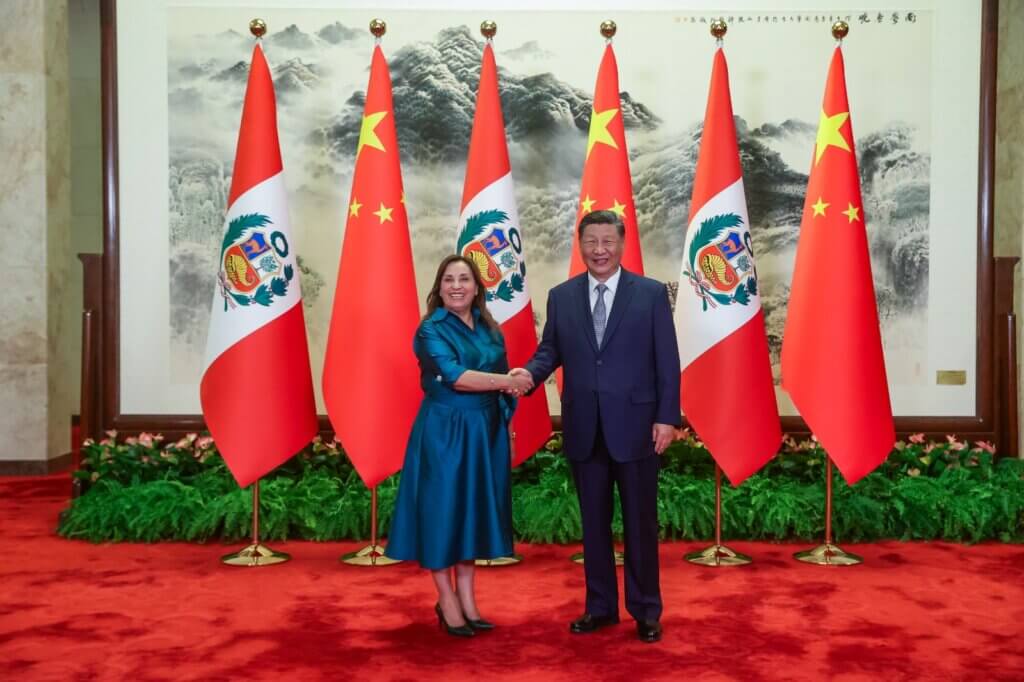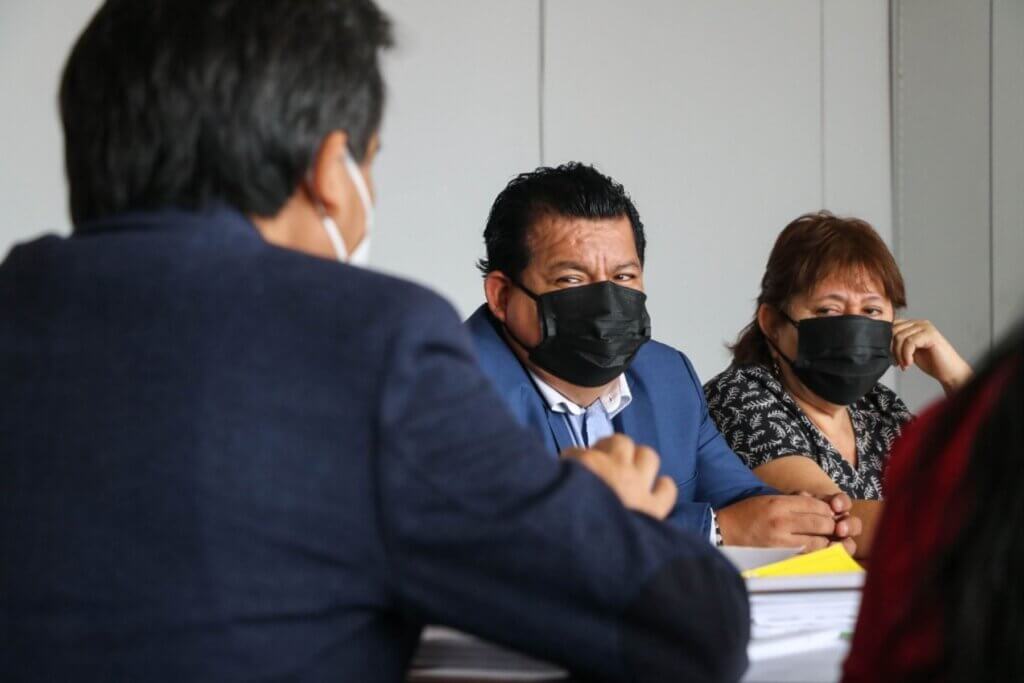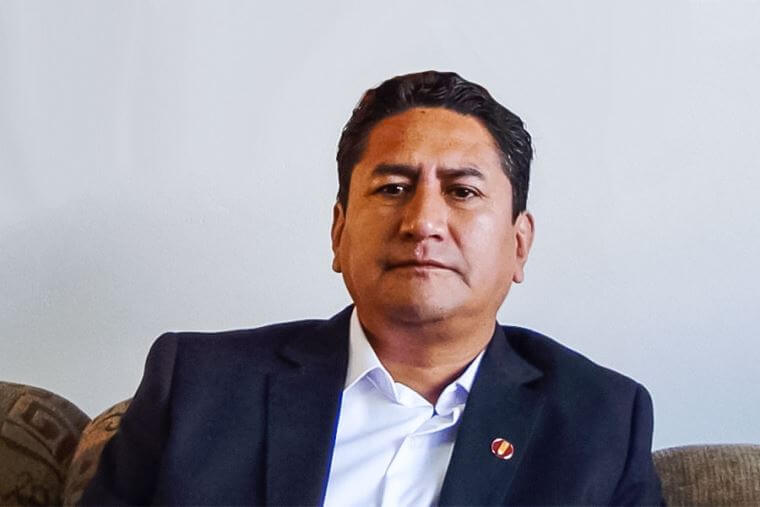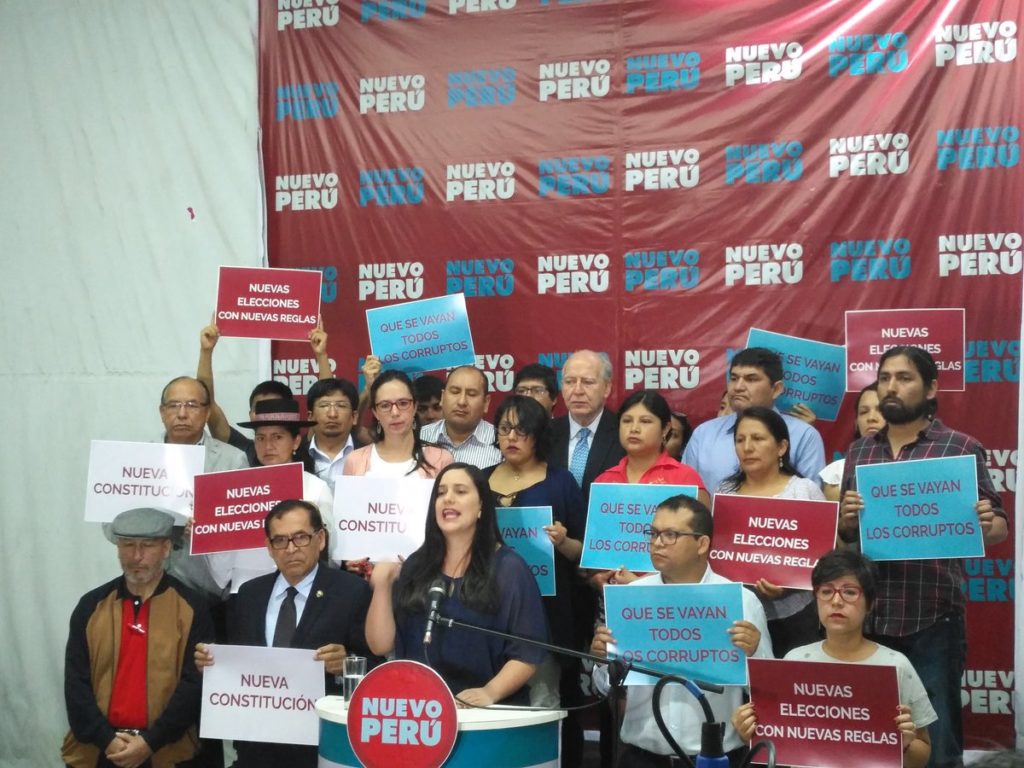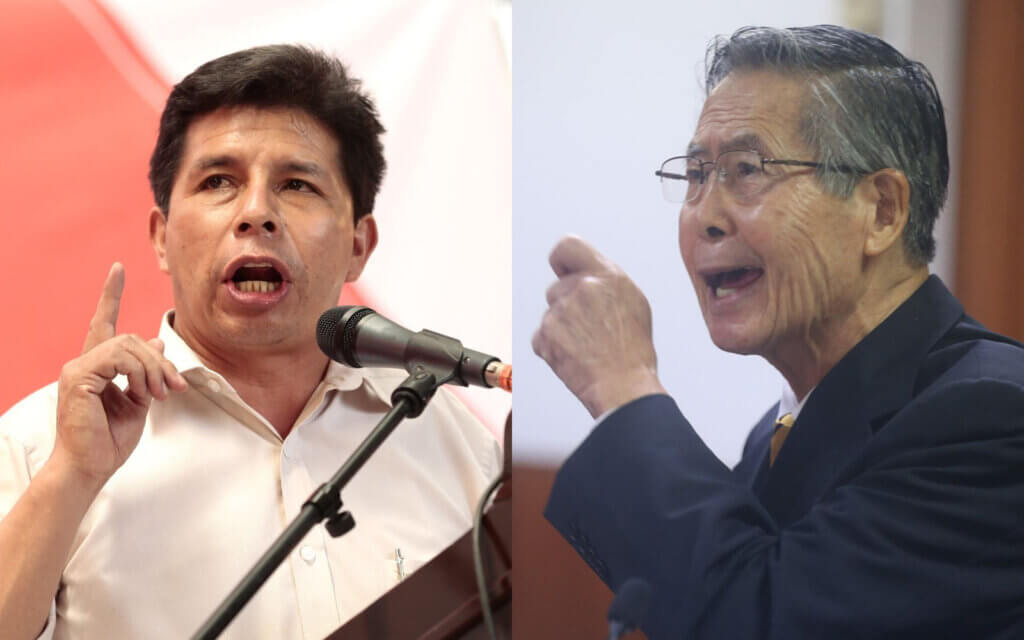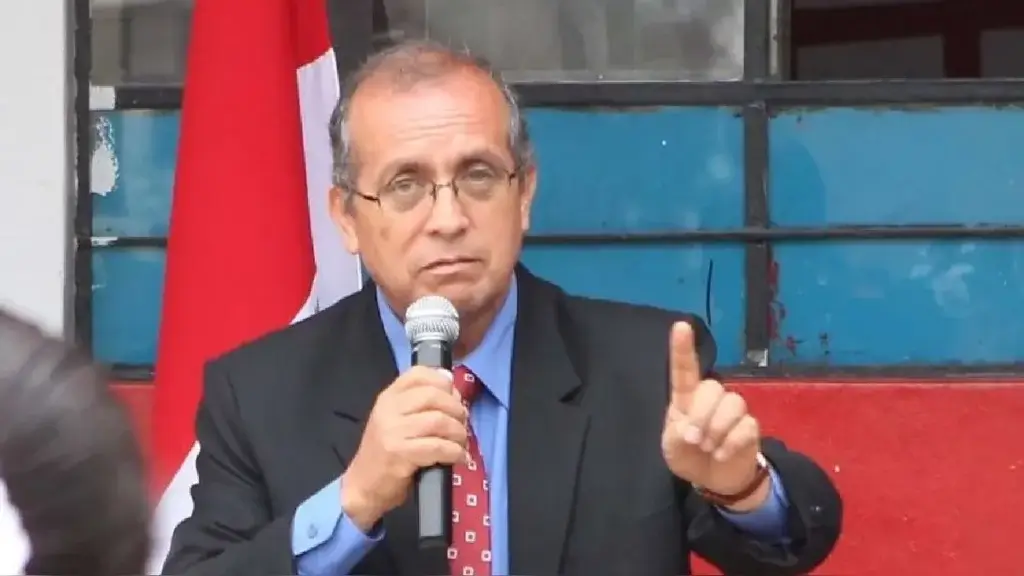During his National Holiday speec on Saturday, President Martin Vizcarra spoke about how important a modern and digitalized healthcare system is for millions of Peruvians.
“We are implementing the digital information system known as e-QHALI on a national level so that clinical histories can be on all online registers at health institutions,” he said during a wide-ranging speech. While also addressing key issues like the ongoing judicial corruption scandal and the Indepdence Day festivities, his remarks on the digitalized healthcare system show how important it is for Vizcarra’s government to make public health a more efficient process in Peru.
As part of Peru’s rollout of digitalization on all levels called Agenda Digital 2.0, the aforementioned e-QHALI, or Clinical Electronic History, looks to knock out the red tape and administrative overhead that have plagued the country’s health departments.
According to Gestión, Peru averages an annual expenditure of $860 million USD when it comes to administrative costs. Going digital could chop that number off by a sizeable fraction.
Peruvian lawyer Erik Iriarte, an information rights expert, told La Republica in 2016 that the rollout of digitalization throughout all sectors of Peru may take some time but its benefits ultimately outweigh the negatives of red tape.
“One of the biggest problems that the government’s electronic development strategies have had is bureaucracy,” he said. “However, quite clearly, Peruvians have been better attended, they don’t have to wait in line, they can carry out processes from home and can receive info directly without having to have something sealed by a notary, validated, or with a legitimized photocopy. Everyone wins.”
When it comes to accepting digital change in the healthcare sector of a Latin American country, those at Puerto Rico’s Abartys Health are already experts in the field. With more than 1 million patients helped already, the startup continues to streamline the process by centralizing patient data and statistics to make the health industry more transparent and not as closed off as it traditionally has been.
Dolmarie Méndez, CEO of Abartys Health, said that better connecting insurance carriers and governments to a synchronized system of public data is the path to the future for Latin American health institutions and providers.
“The startup system is not that big in Puerto Rico when we compare with Latin America and the US, so we have to convince the traditional companies that we have the innovation they need to connect,” she said. “The mentality that healthcare system stakeholders don’t need connectivity has to change. The healthcare system has been outrageous in not giving the opportunity to carriers to implement 100% new technologies that can integrate with innovative ones.”
Peru Reports asked Méndez if red tape and bureaucracy was a common hurdle to overcome in the region for those looking to make lasting changes like Abartys Health.
“Yes definitely,” Méndez said. “We are shifting them from the red tape to the red carpet. We are not knocking on doors randomly. We are knocking on doors of carriers and companies.”
Mendez added that the future only looks brighter for Latin American countries when transitioning from traditional methods to digital.
“We want to go where the biggest needs and challenges are, because if we collaborate to fix it, then others will follow, she said. “We are very excited about Latin America and I’m positive we can help to make it better.”
For Peru specifically, the successful rollout of e-QHALI has allowed a similar model of standardizing data and giving carriers and clinics immediate access to a patient’s medical file.
Other countries are trying to help Peru make healthcare more efficient as well. As recently as April, Russia and Peru were in talks to boost the Andean country’s healthcare technology with improved software and investment.



